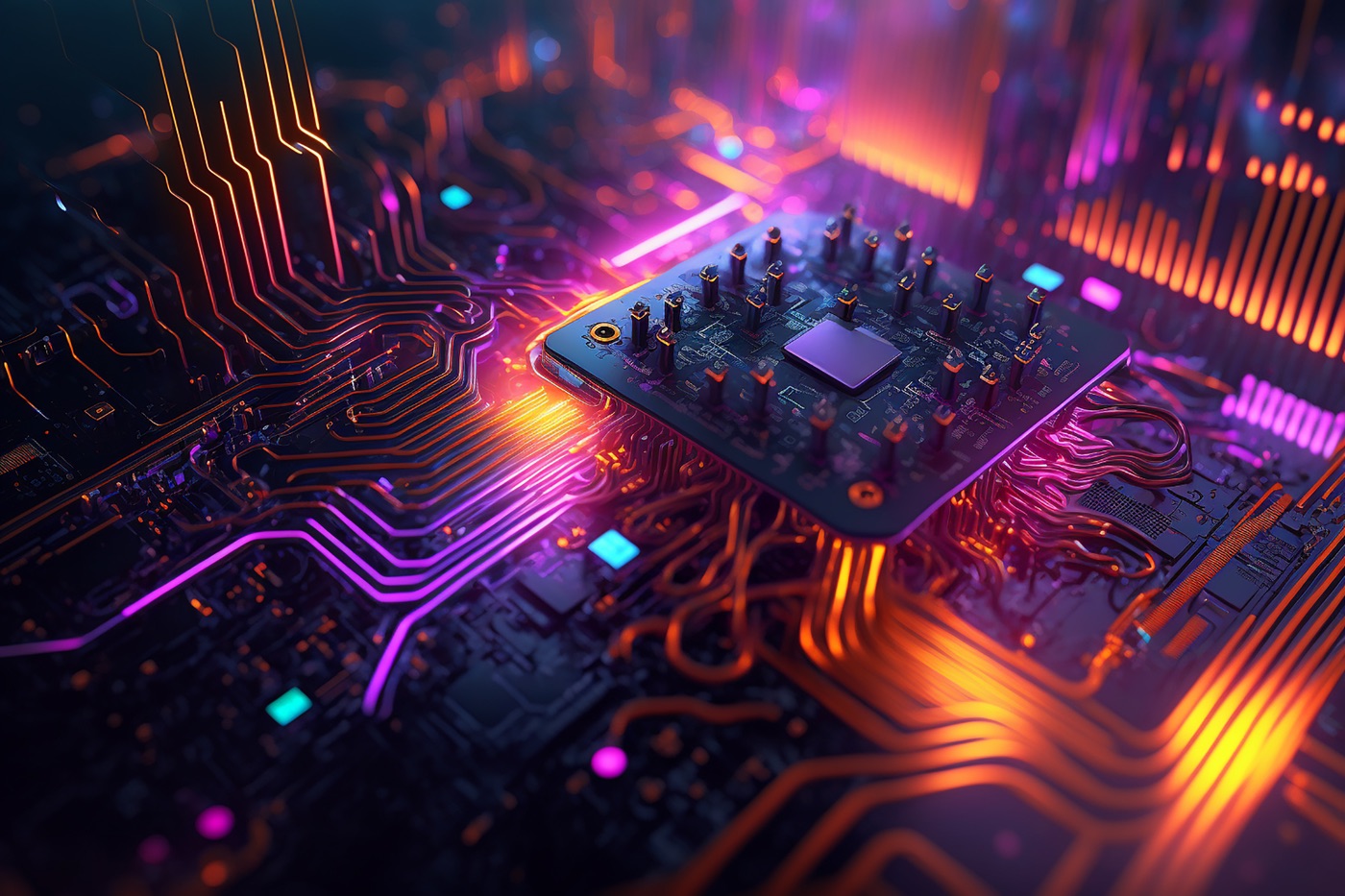The management of these complex systems has traditionally depended on manual monitoring and basic automated alerts. However, recent advancements in technology are revolutionizing how data centers are monitored, leading to smarter, more responsive, and highly efficient systems. This transformation is driven by innovations in artificial intelligence, machine learning, Internet of Things (IoT) devices, and advanced analytics, which collectively enhance the ability to predict, diagnose, and resolve issues with unprecedented speed and accuracy.
Artificial Intelligence in Data Center Monitoring
Artificial intelligence (AI) has introduced a new dimension to data center monitoring. AI-driven tools can analyze vast amounts of data generated by data center operations in real time, identifying patterns and anomalies that might go unnoticed by human observers. These tools enable predictive maintenance by forecasting potential failures and allowing proactive measures, thus reducing downtime and enhancing overall reliability.
AI can optimize energy usage within data centers. By continuously learning and adapting to changes in the environment, AI systems can fine-tune cooling and power consumption, leading to significant cost reductions and a smaller carbon footprint. This not only makes data centers more efficient but also more sustainable in the long run. In addition, data center performance can be improved through AI-driven load balancing, ensuring that resources are allocated efficiently and dynamically based on demand. It also allows for intelligent workload placement, routing traffic to less utilized servers, and optimizing resource utilization.
Machine Learning Algorithms for Improved Diagnostics
Machine learning (ML) algorithms play a crucial role in elevating the diagnostic capabilities of data center monitoring systems. By processing historical data and learning from past incidents, ML models can predict future events with high accuracy. This predictive ability allows for timely interventions that prevent minor issues from escalating into major failures.
ML algorithms can help in the classification and prioritization of alerts. By understanding the context and severity of different issues, these algorithms ensure that critical problems receive immediate attention, while less urgent matters are managed appropriately. This prioritization enhances operational efficiency and ensures rapid response to vital issues.
Computer network servers | Business compliance
” data-medium-file=”https://applemagazine.com/wp-content/uploads/2021/12/pexels-panumas-nikhomkhai-1148820-300×300.jpg” data-large-file=”https://applemagazine.com/wp-content/uploads/2021/12/pexels-panumas-nikhomkhai-1148820-1024×683.jpg” class=”size-full wp-image-50264″ src=”https://applemagazine.com/wp-content/uploads/2021/12/pexels-panumas-nikhomkhai-1148820.jpg” alt=”IT servers” width=”1920″ height=”1281″ srcset=”https://applemagazine.com/wp-content/uploads/2021/12/pexels-panumas-nikhomkhai-1148820.jpg 1920w, https://applemagazine.com/wp-content/uploads/2021/12/pexels-panumas-nikhomkhai-1148820-1024×683.jpg 1024w, https://applemagazine.com/wp-content/uploads/2021/12/pexels-panumas-nikhomkhai-1148820-768×512.jpg 768w, https://applemagazine.com/wp-content/uploads/2021/12/pexels-panumas-nikhomkhai-1148820-1536×1025.jpg 1536w, https://applemagazine.com/wp-content/uploads/2021/12/pexels-panumas-nikhomkhai-1148820-50×33.jpg 50w” sizes=”(max-width: 1920px) 100vw, 1920px”>
IoT Devices Enhancing Connectivity & Monitoring
The integration of Internet of Things (IoT) devices in data centers has drastically improved connectivity and monitoring capabilities. IoT sensors can be deployed throughout the facility to monitor temperature, humidity, energy consumption, and other vital parameters in real-time. This granular level of monitoring provides a comprehensive view of the data center’s operating conditions.
IoT devices enable remote monitoring and management of systems, which is particularly beneficial for large-scale data centers distributed across multiple locations. This remote capability ensures that data centers remain operational even in the presence of local challenges, such as staff shortages or access restrictions. It also allows for remote troubleshooting and quick resolution of issues, reducing the need for on-site personnel. Not only does this improve efficiency, but it also minimizes the risk of human error.
Advanced Analytics for Data-Driven Decision Making
Advanced analytics are instrumental in transforming data into actionable insights. By leveraging big data technologies, data centers can analyze trends, identify bottlenecks, and optimize performance. This data-driven approach allows for more informed decision-making, leading to improvements in both efficiency and reliability.
The use of advanced analytics also supports capacity planning and resource allocation. By forecasting future demand and usage patterns, data centers can dynamically allocate resources, ensuring optimal performance without over-provisioning. This level of precision helps in managing costs and ensures scalability as demand grows.
Enhancing Security with Modern Monitoring Technologies
Modern monitoring technologies also play a pivotal role in enhancing the security of data centers. Advanced threat detection systems use AI and ML to identify potential cyber threats in real time, allowing for rapid mitigation and response. These systems can analyze network traffic, user behavior, and system logs to detect anomalies indicative of security breaches.
In addition to real-time threat detection, modern monitoring technologies support comprehensive compliance management. By providing detailed logs and audit trails, these systems ensure that data centers comply with regulatory requirements and industry standards. This level of oversight is crucial for maintaining data integrity and protecting sensitive information.


The continuous evolution of technology is transforming data center monitoring systems into highly efficient and intelligent tools. By harnessing the power of AI, ML, IoT devices, and advanced analytics, data centers can operate with greater reliability, security, and sustainability. As technology continues to advance at a rapid pace, we can expect even more innovations that will drive further enhancements in data center monitoring systems, supporting the ever-growing demands of our digital world. It is essential for data center operators to stay up-to-date with these advancements and incorporate them into their monitoring strategies to ensure optimal performance and success.
Entrepreneur | Data base computers
” data-medium-file=”https://applemagazine.com/wp-content/uploads/2021/07/pexels-christina-morillo-1181316-300×300.jpg” data-large-file=”https://applemagazine.com/wp-content/uploads/2021/07/pexels-christina-morillo-1181316-1024×683.jpg” class=”size-full wp-image-48328″ src=”https://applemagazine.com/wp-content/uploads/2021/07/pexels-christina-morillo-1181316.jpg” alt=”Entrepreneur” width=”1920″ height=”1281″ srcset=”https://applemagazine.com/wp-content/uploads/2021/07/pexels-christina-morillo-1181316.jpg 1920w, https://applemagazine.com/wp-content/uploads/2021/07/pexels-christina-morillo-1181316-1024×683.jpg 1024w, https://applemagazine.com/wp-content/uploads/2021/07/pexels-christina-morillo-1181316-768×512.jpg 768w, https://applemagazine.com/wp-content/uploads/2021/07/pexels-christina-morillo-1181316-1536×1025.jpg 1536w, https://applemagazine.com/wp-content/uploads/2021/07/pexels-christina-morillo-1181316-50×33.jpg 50w” sizes=”(max-width: 1920px) 100vw, 1920px”>
